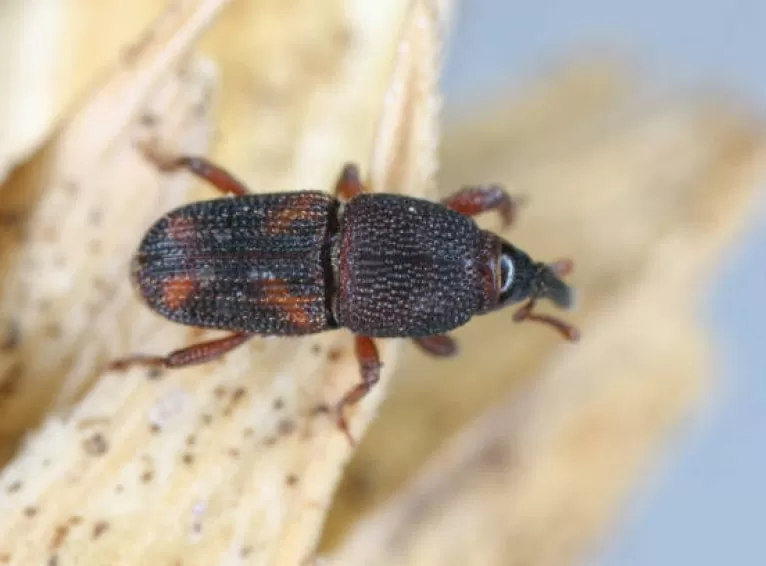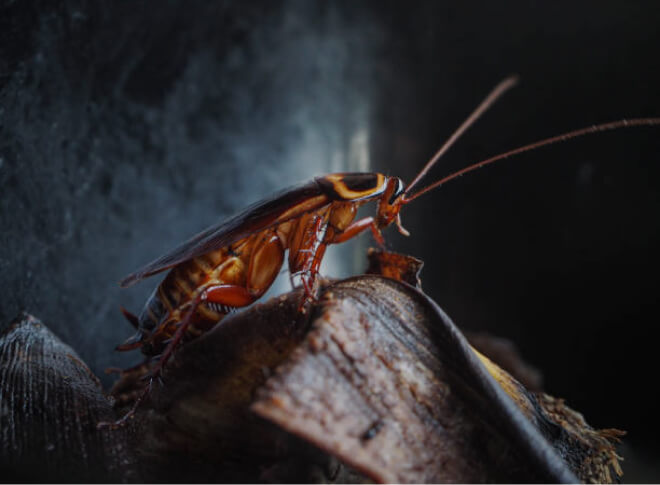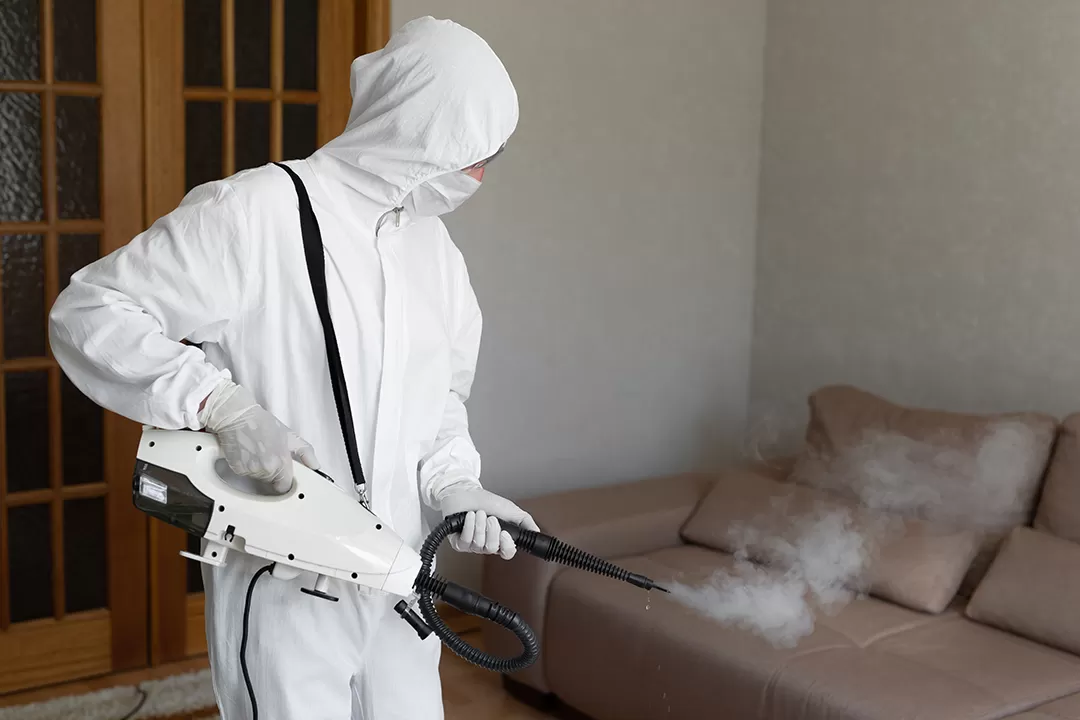Worried you might have termites hiding in your homes? Termites are bad news for your house! They may look innocent, but these silent destroyers will destroy your home from within before you even know it.
Not only can termites lurk quietly in the nooks and crannies of your home, but they also have the superpower to chew through just about anything. Flooring, ceilings, windows and door frames, electrical wiring, wooden furniture – nothing is safe from the wrath of termites.
To top it all, structural damage caused by termites can trigger intimidatingly costly repairs. The easiest way to avoid all of these hassles is to identify a termite problem early. To do so, you have to figure out where termites may be hiding. Keep reading to explore potential termite hiding spots in your house.
Termites Hiding Spots in Your House
Within the Walls
Now, you may be used to insects crawling all over your walls. To deal with termites, you have to level up your imagination just a bit more. Termites are notorious for infesting walls from within instead.
You might notice small holes along the surface of the wall. These are exit holes for swarmer termites and an indication that more termites are hiding within. So, do not neglect any oblong or round pinholes in the walls.
This is more likely in areas of your house where there is moisture, like walls near pipes. If there is any water damage in the walls, termites will easily eat through the softened and rotten wood. This can lead to significant structural damage over a prolonged period. They can continue to feast on walls for months and even years without homeowners even noticing. As horrifying as this sounds, you can prevent this from happening by paying close attention to any unexplained holes in the walls.
Wooden Furniture
Ever heard people say how termites have destroyed ALL the furniture in their houses? They are not exaggerating. Termites, especially dry-wood termites, love dry sources of wood. This makes your wooden furniture an excellent option for them to nest and eat. This means your sofas, tables, chairs, and headboards are all at risk of termite attacks.
Even your wooden photo frames are not safe from the nuisance of termites. They will destroy any wood in their path; your patio or deck is no exception. Not only are your patio or deck furniture at risk, but the wooden patio and deck base are also prone to termite damage. If you have wooden flooring, termites can enter your home through the flooring and then spread everywhere else without you even noticing.
Door and Window Frames
Certain termite species, like subterranean termites, like to chew on softer types of wood. This can include the wooden frames on your doors and windows. Termites will be more drawn towards these structures if the wood and surrounding areas are damp or moist because of water damage or other reasons.
Often, because these areas are naturally exposed and therefore more accessible, you will find termite infestations starting around doors and window frames. When termites chew on these wooden frames, they warp the wood in a way that is very similar to water damage. This can make the doors and windows difficult to open or close. If your doors and windows are getting jammed, you need to be on the lookout for termite damage.
Attics
Thanks to the heaps of junk often stored in the attics, termites often choose attics as a comfortable nest. The attics are warm and usually provide plenty of cardboard for termites to feed on. Lack of ventilation is another reason why termites might choose to infest attics.
Subterranean termites are more commonly found in attics. They enter the attic by building mud tubes inside the walls and plumbing lines. Subterranean termites usually need to be in contact with soil for survival. The Formosan termite is a rare species of subterranean termite that can build above-ground nests in attics where there is enough moisture.
Basements and Crawl Spaces
There could be other dark and generally unused areas in your homes where termites can have easy access. These include basements and crawl spaces where termites might get easy entry points and anywhere else with moisture or damaged wood. Typically, subterranean termites would find the moisture they require in these low-traffic parts of your home, and that’s because these spaces tend to have high humidity.
If your crawl space is not encapsulated or sealed, the exposed area and the dirt floor will attract termites. So, crawl space encapsulation is a good way to prevent termite infestations.
Check the condition of your basement regularly for any hollow wood or visible damage. Chipped paint, for example, indicates moisture issues and the possibility of a termite infestation.
Air Conditioning Units
Termite hiding spots can be rather unusual. You will be surprised to find out that, along with the rest of your home, termites can also infest the INSIDE of your air conditioning unit. This is unexpected because the usual understanding is that termites like warmer environments.
Well, termites do not invade your air conditioning units in search of a cool hiding spot. They hide there because they love the moist air they can get inside your air conditioning unit.
Clothes in Your Wardrobe
The clothes hanging in your closet are not safe from termite infestation either. Termites can raid your wardrobe and attack your clothes too. Clothes contain cellulose, one of the termites’ favourite foods.
In The Subfloor
No matter what your floor is made from, your subfloor is almost always made from wood. It is attached to the floor with glue, staples, or mortar. Flat and robust, the subfloor acts as an intermediary between the top floor and the concrete foundation. It is highly unlikely that you will ever think about your subfloor if it has been doing its job.
Unfortunately, termite can and sometimes will access your subfloor. They will create horizontal tunnels under your home. Over time, even the remaining wood will disintegrate, leaving floor tiles and pits to collapse.
If this happens, you will have to remove the top layer of your floor to gain access to the subfloor in order to have it changed. Routine inspections from a reliable pest control company can help you avoid this dramatic damage.
Conclusion
The scariest thing about termite attacks is that these involve pests who would quietly take over unexpected places in your house, and you might not even find out until it is too late. In addition to structural damage, termites can destroy furniture, wooden frames, and even your attic. Not to mention, termite damages are expensive to repair.
If they remain undetected, termites can also cause health concerns such as asthma and allergy. Be vigilant and regularly check out common termite hideouts. As you know by now, termite hiding spots are not exactly the same as common insect nests.
Look for signs of termites within the walls, basements, attics, and crawl spaces. Also, check furniture, air conditioning units, and your wardrobe to prevent a termite problem at an early stage. If you are not feeling too confident about handling things yourself, you can always hire a pest control agency licensed in termite management to check for signs of termites and even take preventive actions if necessary.







